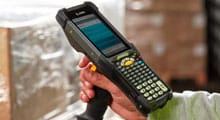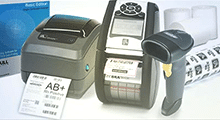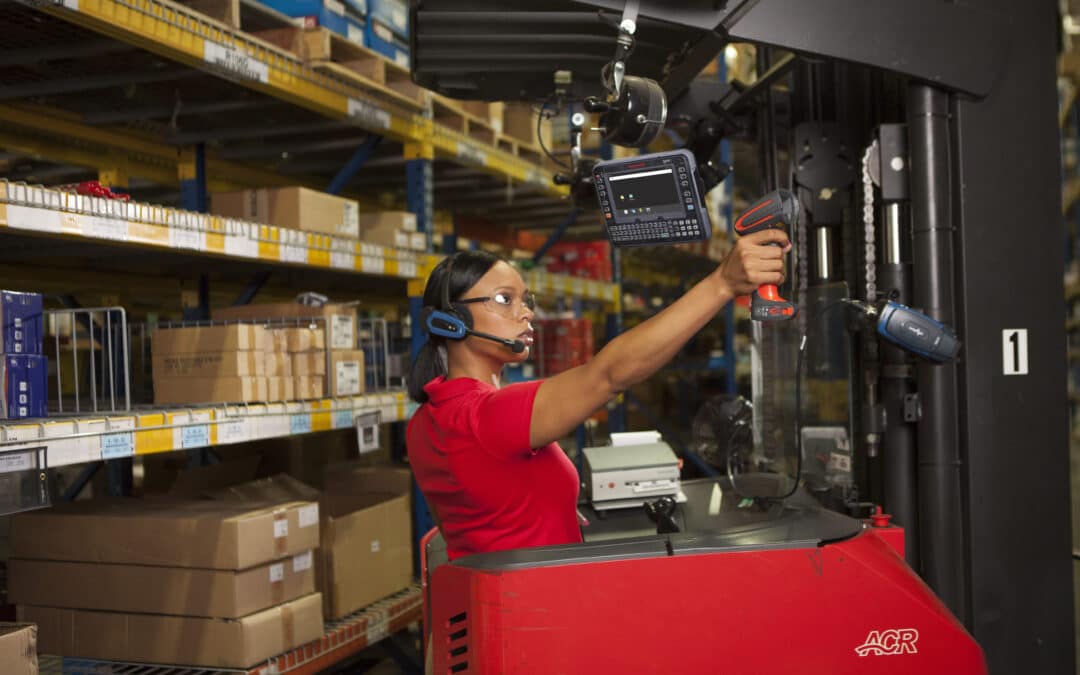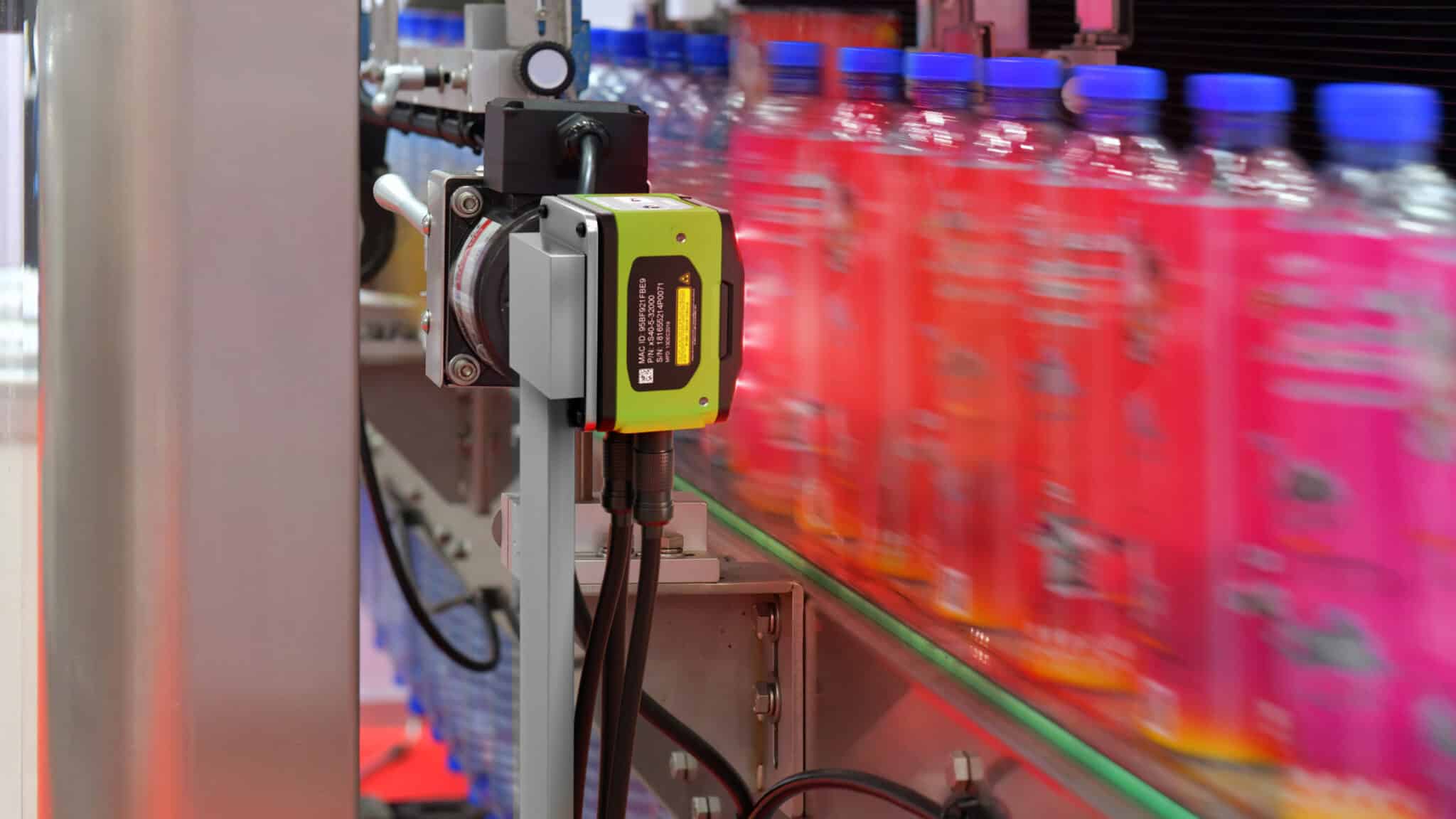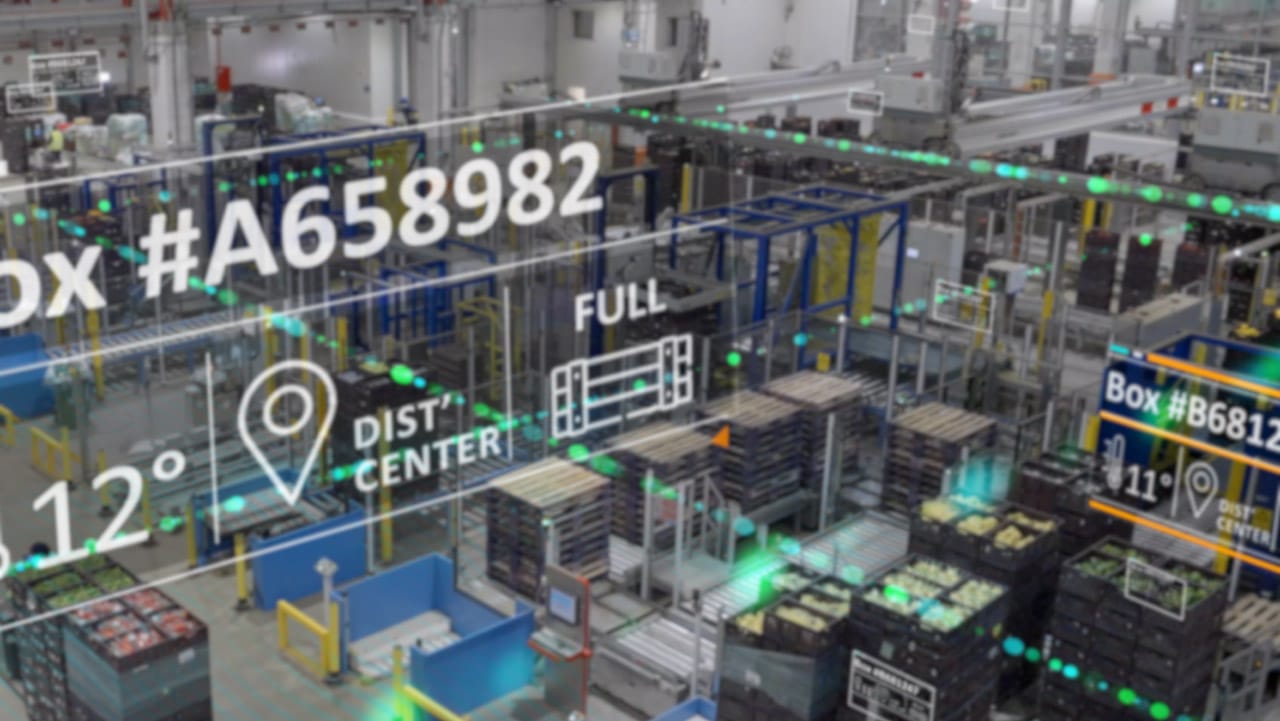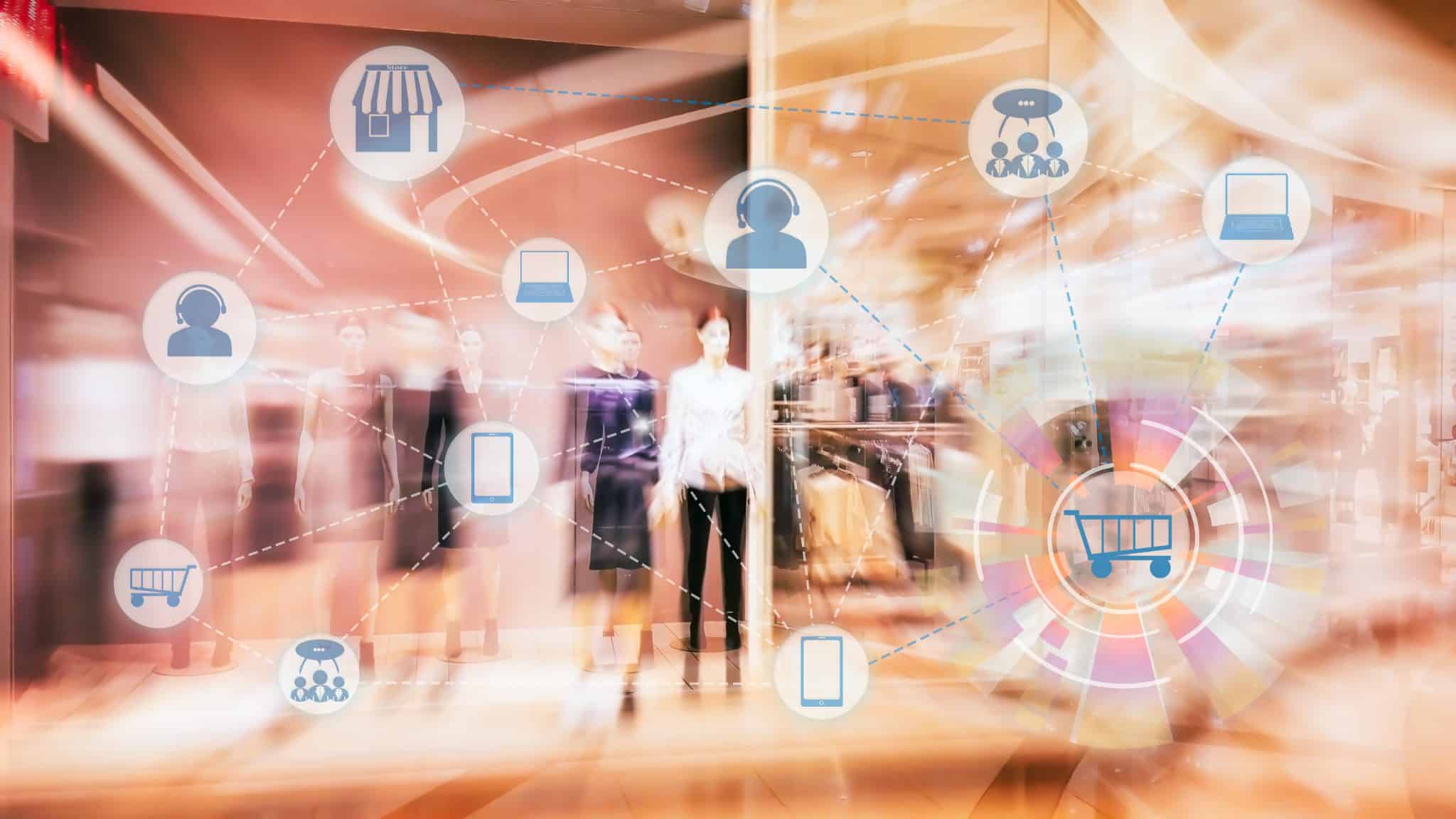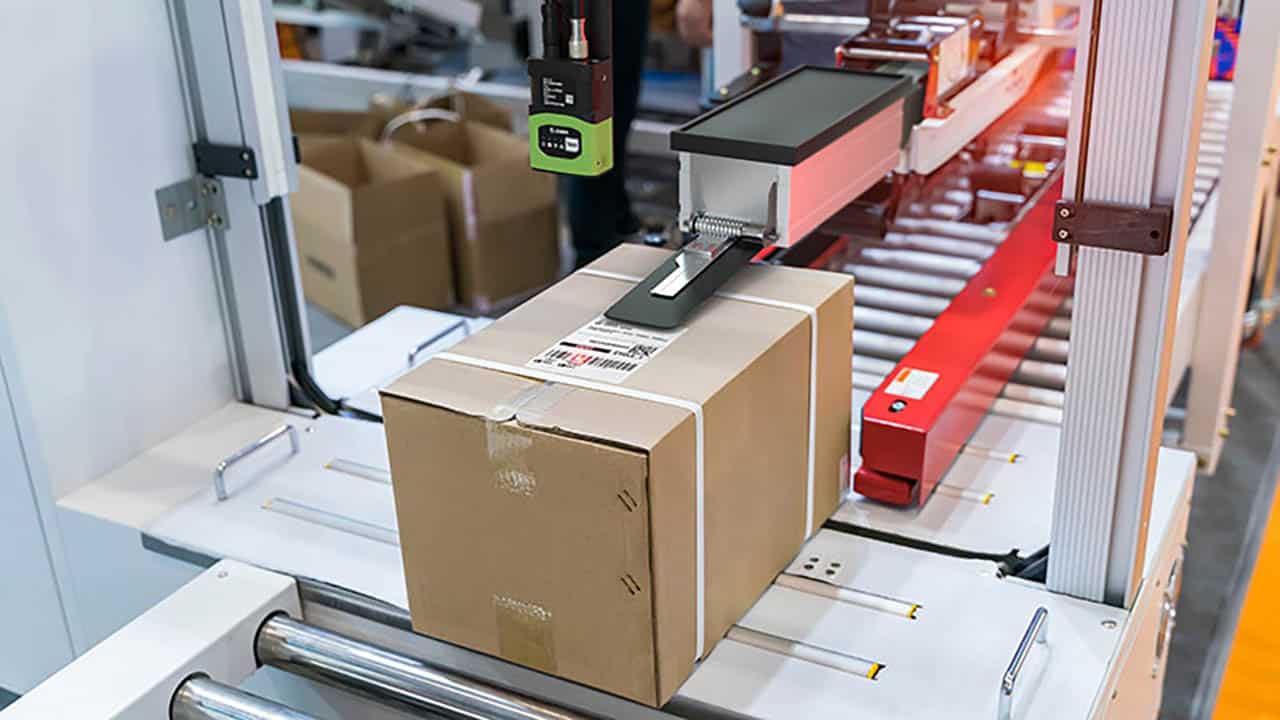As of May 2020, more than half of eCommerce retailers had invested in some type of modern supply chain technology, such as warehouse automation or predictive analytics. These numbers are expected only to increase, given the soaring rise in eCommerce due to the pandemic, the many supply chain disruptions that were seen during that time, and rapid improvements in technology to enable greater scalability for these organizations.
If 2020-2021 has taught us anything, it’s that flexibility and adaptability will win the day. This is especially true for supply chain and logistics as consumer expectations outpace traditional supply chain management (SCM) practices and emerging technologies create important touch points for the evolution of the supply chain. Supply chain optimization is no longer a consideration for businesses – it’s a necessity.
Traditional vs. Modern Supply Chain Management
Traditional supply chain management focuses on improving the discrete steps on a product’s journey to the end customer, such as “the last mile.” By contrast, modern supply chain management focuses on the satisfaction of the end user. In trying to truly understand customers’ needs and goals, organizations often completely re-imagine the way products are consumed or accessed.
Traditional Approach
Key components of the supply chain need to be re-evaluated and improved to meet growing consumer demands and an increasingly unpredictable environment. The traditional touch points included:
- Materials/supply: Planning, sourcing and procurement raw materials
- Production/manufacturing: The creation of goods from the raw materials
- Distribution: Supplying and delivering goods to businesses and consumers
- Consumption: Consumers receiving and using the final products/goods
In contrast to this, modern technology and thinking around supply chains accommodates more individual touch points in the process and places an emphasis on greater end user satisfaction.
Modern Approach
Modern supply chain management considers the supply chain as a single entity rather than disparate pathways along the chain. A common example of this is the comparison of Blockbuster to Netflix — the traditional supply chain focused on the process necessary to supply physical DVDs to stores across the nation for consumers to rent. Netflix created a modern supply chain built around what the customer really wanted, such as the ability to watch shows from anywhere at any time, and developed a more efficient, virtual method to deliver the product to the user.
AI, Machine Learning and Analytics
Emerging technologies allow organizations to modernize their supply chains in powerful ways. Artificial intelligence, for example, is enhancing the way modern supply chain analytics is conducted. For years now, industry leaders have used AI-based technologies such as machine learning and predictive analytics to inform their key decision making as they can better predict demand and manage inventory levels throughout distribution networks — for example, to synthesize weather forecasts, fleet availability and historical shopping data to make sure there will be enough snow shovels in stock ahead of that big winter storm.
The result can be revolutionary at the ecosystem level, and within each link of the distribution chain. Inside the distribution center, for example, AI-based machine vision systems can mine photos of packages as they move through automated lines for evidence of potential damage to the product or to identify whether a large, non-standard product is a tire or a spool of wire cable. This information can be used to tighten up procedures within the distribution center, or can be shared with vendors to help them comply with shipping policies to keep automated systems running smoothly.
IoT (Internet of Things)
Combining modern supply chain technology with IoT (Internet of Things) brings even greater transparency and visibility to modern supply chain operations. By leveraging smart devices, from consumer devices such as the Apple Watch or industrial devices like drones or video cameras inside delivery trucks, IoT can capture data at more points of the product’s journey, giving supply chain organizations more insights about how to improve their operations.
In a supply chain setting, the applications for IoT are nearly endless. Benefits can include:
- Fraud prevention: Collecting images and other data throughout the supply chain — for example, by adding scanning tunnels to capture images inside distribution centers or having drivers use handheld barcode readers when loading and unloading — increases visibility into the entire supply chain.
- Improved on-time delivery to the customer: With GPS-enabled IoT, delivery trucks and vans can be automatically guided to take the most efficient routes and avoid traffic for faster, more predictable delivery over the last mile.
Robotics and Automation
If robotics and automation technologies have one clear super power, it is to reduce human error. Properly used, robots can increase the consistency, efficiency and, notably, the safety of any supply chain.
Robots can assist human workers in warehouses, and as the technology evolves, “co-bots” may become an integral part of warehouse operations in these settings, reducing the time it takes for parts to be picked, and reducing the potential for injury from handling sharp objects or lifting heavy boxes.
Drones and automated vehicles expedite warehousing and delivery functions, expediting processes at some of the most critical points in the supply chain. In combination with technology like IoT, predictive analytics and blockchain, robots and automation can be applied in supply chain settings to facilitate cutting-edge precision.
Blockchain Technology
Blockchain is a sophisticated database technology that is being used as a digital ledger to securely track and store everything from digital currency transactions to medical records. A complex set of independently verified, randomly dispersed data points achieve this. Each block, or data point, in the chain contains unique, identifiable information that is relational to the previous and subsequent data points — creating a recognizable and verifiable “chain” of data.
Blockchain has many potential benefits for supply chain operations, as well.
- Increased data reliability and transparency: By using blockchain, members of supply chains — suppliers, manufacturers, distributors, logistics services providers and stores — would have a more trusted way to interact with each other.
- Product conformity: Blockchain could enable simpler, more efficient ways to enforce requirements for temperature control for a vaccine from factory to clinic, or to authenticate products’ origins for fair trade purposes.
- Operational efficiency: Blockchain could be used to trace inventory levels throughout supply chains in real-time, allowing retailers to quickly replenish stocks or plan a timely sale to avoid oversupply situations.
- End-to-end visibility: Standardizing on blockchain would reduce administrative costs associated with resolving disputes over damaged goods and enforcing vendor compliance policies.
The Cloud
One potential roadblock to deploying technologies such as analytics, AI, IoT and blockchain to supply chain touchpoints is that they all require massive amounts of data to be effective. Once that data has been gathered, it must be stored somewhere, and be accessible in real time to have maximum benefit. Huge server-packed cloud data centers around the world make this possible.
Whether in privately run networks, public cloud platforms such as AWS, Azure or Google Cloud, or in hybrid networks that use both, the cloud can now be used to run supply chains of all sizes and complexity at lower cost, higher performance and with far more scalability. As operations grow, cloud infrastructures can easily ingest and process the increased data to further improve the underlying results, while reducing the cost of maintaining and managing the IT infrastructure.
As data computing technology evolves, the cloud will play an even more integral role in maintaining the speed and security of critical supply chain components. Major cloud technology vendors and service providers are improving ways to spot and halt efforts to hack supply chains and foil other cybersecurity threats by ensuring that all systems are properly patched and backed up.
With so many disruptive tools at their disposal, supply chain managers need to develop processes to decide which of these technologies to test first based on their individual operational needs.
The experts at Peak Technologies can help ensure you have the right solutions and business processes in place to keep up with the demands of the modern supply chain. Learn about our different supply chain services and contact us for more information.










